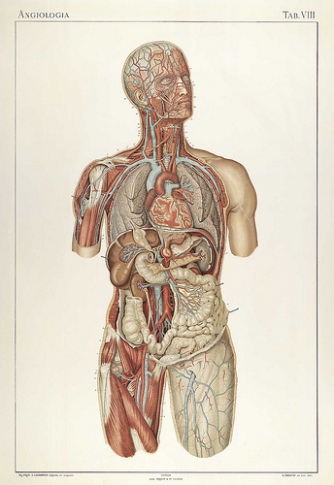Try this: close your eyes and conjure up an image of a “biodiverse ecosystem”.
What do you see? Perhaps a tropical rainforest, dewy vines glistening, howler monkeys calling through the trees, and butterflies flitting in the sun-dappled heat? Or maybe you pictured a coral reef, replete with white-tipped reef sharks, sea turtles, brain coral, and giant iridescent clams? Admittedly, tropical ecosystems in places such as Costa Rica and Indonesia do contain a stunning array of macro-biodiversity– that is, larger plants and animals.
But what about the little guys? Microbes make up the vast majority of life on earth, and they are ubiquitous; a single teaspoon of your backyard soil may harbor millions of individual organisms and upwards of 100,000 unique microbial taxa. Bacteria are found in nearly every environment on earth, from the hottest hydrothermal vents at the bottom of the ocean to the coldest, iciest mountain peaks in the Andes. In fact, the search for “extremophile” microbes in some of the most physically and geochemically remote and harsh environments on earth has led to some fascinating discoveries, demonstrating that some microbial species can thrive under conditions that would quickly crush, desiccate, freeze, starve or asphyxiate most living things.
Because humans are relatively large organisms, it is easy for us to overlook the microscopic world. But here’s the irony: microbes make up a good deal of us! That’s right; 90% of cells in the human body are not human…they’re actually microbial! Our large body size and varied physical tissues provide microbes with a diversity of niches within and upon our bodies, and our microbial companions have adapted to live in them (see Figure 1). We’ve all heard of “germs” on the surface of our skin, and are familiar with the idea of bacterial, viral, and amoebic pathogens in the gut and elsewhere, but the flora and fauna of the human body is so much more interesting than these well-known examples… biologists are beginning to map and understand the human microbiome, and how our unique microbial flora can impact our health, and even our behavior.
 Figure 1. Not just a human after all.
Figure 1. Not just a human after all.
(photo credit: Valentin Loschinin under flicker creative commons)
You may be wondering at this point: why should I care about microbial biodiversity? Won’t it always be there? Well, unfortunately, the answer is not necessarily. Microbial biodiversity can be lost (both on humans and within the larger world) just as macro-biodiversity is lost, and this loss can have major impacts on human well-being and ecosystem health. One of the key lessons of conservation is that we are not separate from the ecology of life on Earth; we coexist in concert with it. Nothing brings this point home quite like the knowledge of an intricate, interconnected human body ecosystem: the biodiversity hotspot of you.

I feel the idea that we are ourselves an ecosystem (and play a minority role in it!) is a really powerful concept that has potential to get people to think differently and more respectfully of ecology in general. Thanks for this.
Pingback: Keeping their cool: desert plants have a lot to teach us about climate change adaptation | sophieparkerblog